Publisher’s Note:
The publication of Arya Jenkins’ “THE BLUE KISS” is the ninth in a series of short stories she has been commissioned to write for Jerry Jazz Musician. For information about her series, please see our September 12, 2013 “Letter From the Publisher.”
For Ms. Jenkins’ introduction to her work, read “Coming to Jazz.”
_____
THE BLUE KISS
By Arya F. Jenkins
(For Dexter Gordon, Billie Holiday, Jimmy Van Heusen, Frank Sinatra, Jack Wolf, and Joel Herron; and the courtesans of late 19th century Paris.)
*
She stood in a room at The Met glancing at the painting on the wall, which was of two women kissing. From her vantage point, standing slightly away and to the side, the two women lying together interlocked in bed appeared cushioned awkwardly in space, free-floating yet connected.
The painting was by Henri Toulouse-Lautrec, the alcoholic French dwarf artist, and she tried to imagine what it was like living when he did in Paris at the time of the painting, 1892, and what it might have been like for these two prostitutes and others like them who often turned to one another for relief from a world of men then.
Mireille, it was reported, was one of the girls in the brothel in the Rue d’Amboise, when Lautrec was commissioned to create a series of panels about the lives of the girls there, and she was one of his favorites. He visited the salons of the brothels in the Rue des Moulins and Rue d’Amboise many times to study and paint the women, who felt very free to be themselves in his company. Many of them, it has been noted, were deeply in love with one another.
Fascinating, it seemed to Helene, that these women who had sex with men, who were paid for their talents as sexual objects, would be so drawn to one another, reveling in same-sex intimacy.
Before and after studying French history in college, Helene had acquired many black and white postcards of the period, images of women scantily clad, boldly unafraid in front of the camera, often indifferent, as if the photographer, or they themselves had been rendered invisible — by what? Their occupation? The camera?
No matter which way Helene eyed the “The Kiss,” she could not see the two women save the first way, suspended in space, decontextualized. It seemed odd to her, and beckoned by this she came closer to the image. She appreciated Lautrec’s art and art in general, as it inspired in her a deeper understanding of music, her métier, and the arts, all things being relational.
As a jazz musician, a tenor sax player, Helene tended toward ballads, having grown up mostly listening to Dexter Gordon’s. Her father had favored jazz of the bebop and hard bop era, and her mother, who had been an artist before she married, had liked jazz too. Dexter’s warm and tender tunes had lullabied her through a turbulent upbringing. In between her parents constant verbal fights about her father’s drinking and her mother’s infidelities, had been Dexter, telling her everything would be all right.
It wasn’t of course. Her mother left when she was nine, and her father died of a brain aneurysm when she was 19. But Dexter opened the way to jazz, and it opened the way to her future even as it sealed away the past.
She wasn’t concerned with her own history. What did it matter? Everything had come to a sad end. There was no one beyond her parents. No aunts, uncles, grandparents that she knew of. No traces at all. What a person does then is invent, and music allowed her to do that, make do with the present while asserting herself into the future as it evolved her relationship to jazz.
A person who has nothing can be very optimistic, although it could never be said Helene had nothing. There was the music, and as anybody knows who knows and loves it, music opens up time, and therefore possibilities.
Still, Helene, almost 30 now, was interested in history, the possibilities of these women cast in musical themes in Paris. Their unabashed nakedness moved her. Even when communal, it seemed solitary to her, as if each woman existed alone in her own dimension even while sharing space. That’s how the photos in her black and white collection of postcards struck her too.
The women commingled naked in bars leaning close to one another, waiting to be plucked, to go behind curtains with some man. She had observed their profiles, the arc of their hands, the slope of their napes and backs, the roundness of their breasts and buttocks, and thought them beautiful, every one.
Something had been lost between then and now, something in the way women viewed themselves and the world, although not of course in the way the world viewed them. They were still seen as objects rather than processes unfolding in time and space.
Music had taught her that a woman is a body moving through impenetrable space at the speed of light, so fast she diminishes and disappears before you see her. And then she appears, a mystery, to all but herself.
A mere three decades after Toulouse-Lautrec painted the portrait of the two lesbians depicted in “The Kiss,” the American Josephine Baker, would be making a jazz sensation in the cabaret bars of Pigalle in Paris, creating a shift in the way women would be viewed, in their role as performers, paving a new path.
But here now, these women in her postcards, these women kissing in the painting, were silent, muted by one another, beautiful in their silence, unable to sing, to articulate beyond their circumstance save as they touched one another.
Helene began to listen to Dexter in her head then performing “I’m A Fool to Want You,” as she gazed at the two in the painting. And as she looked on, the image began turning, swirling into a mandala. When it stopped, the painting had opened, and although the jazz still played inside her, she was there with the women in their boudoir, an invisible character, listening to their whispered exchanges, their own song.
She understood French well enough to capture what they were saying and it amused her that so much of what she was now privy to was speechless, more gestures, the brushing away of hair, a tender caress of the cheek. Such affection.
In her lovemaking with men, Helene had always missed this. The world of men was one of language and then direct sex, void of the erotic. She was erotic. And these women were erotic.
She did not want to disturb them, or be an interloper and began backing out of the room, as if in this way she might return to the present. But immediately, the women gestured waving their arms for her to remain. It was all right. She was welcome.
Absent-mindedly, the one called Mireille with short dark hair, rose, naked, and went to a cupboard beautifully engraved with a large conch and pulled out an unlabeled bottle, Helene took to be wine, and a fine glass that she set on a low, white painted table near Helene, all the while gazing at her lover still waiting on the bed. The other reclined, her head, a spray of autumn hair, splayed across a red coverlet, twisted now, her arms outstretched. On the floor in three or four pale lotus heaps was their thin, tossed apparel. Their eyes locked, Helene’s presence sensed by each of them, but disturbing nothing.
Helene poured herself a drink and as the women continued their interplay, frolicking, giggling, on the bed, she strolled around the high-ceilinged, ornately-decorated room, which was like a gallery itself with paintings of nudes in various stages of dishabille, here and there with only one breast exposed, in some cases wearing just black stockings or heels. The paintings were elaborately framed too. Lifting a heavy drape before a tall window, Helene could see a snowy street below and a carriage passing by slowly, so slowly it seemed, the driver wearing a top hat, striking the two horses in front with a steady beat, as a drummer might strike his snares. A gas lamp directly below illuminated an empty sidewalk.
Indoors, to the side, was a fireplace, its ashes still glimmering. Helene arranged some wood in it, then began to look around for matches. Again, exasperatedly, Mireille jumped up and came over to assist, lighting the fireplace swiftly, her arms moving expertly. When she was done, she swished her palms together, freeing them of ash. Helene could see a bruise on the back of her left thigh shaped like the heel of a boot, an ungrateful client perhaps, or just the result of play.
The paleness of Mireille’s complexion and that of her lover, who was not much older than Helene herself, astonished Helene. It was as if they had always lived indoors. Save for her own hands, her own consciousness, Helene felt little of herself actually in the room, although the women had acknowledged her, made it known they knew she was there.
She wished she had her instrument so she could play for them in this setting, and at that moment her Allora tenor sax manifested, perched on a stand before the fireplace. The fire was crackling now and she felt glad to be a part of this scene, to be able to accompany these women as they made their own kind of music.
Helene removed her beret, which she always wore at gigs, wanting to strip down her persona, let go of her props in these surroundings and stood feet slightly apart, strong legs bent slightly for support in the direction of her audience, and began to play, “Darn That Dream.” After that, she would give them, “Don’t Explain,” then “I’m A Fool To Want You,” the first three cuts on Dexter’s album of ballads, which were favorites.
The women had been pecking one another’s mouths and cheeks tenderly, but as Helene began to perform for them, they turned toward her eyeing her together and directly for the first time. She could feel the heat of their glance, and made a quick, flicking gesture with her shoulders to remove her vest. The room was getting warmer and she was starting to get into a groove. Mireille and her friend leaned back on the deep, cushioned bed, the tips of their heads touching, their eyes examining something on the ceiling now, as Helene’s, Dexter’s and Jimmy Van Heusen’s music became their muse. One woman’s fingers played a trill on the other’s bare shoulder. The music had come to them and was now a third lover, weaving them all together in time.
By the time Helene started to play Billie Holiday’s and Arthur Herzog’s ‘”Don’t Explain,” the women had turned again toward one another and were gazing at one another’s eyes and visages thoughtfully, as if in so doing, they might unravel the days and challenges ahead, or perhaps just soften them.
Beads of perspiration formed along Helene’s temples as she delivered the music effortlessly, now certain they could not only see her, but hear and feel Dexter’s music too that was perfect in its wistful beauty. She was hoping it would feed them, fill them somehow.
At that moment, a rap came at the door, then two, then three in quick succession. Mireille arose and approached the door letting loose a defiant string of, “Non, non, non.” Then her friend got up, and together they moved an armoire against the door to keep it shut. There was a rapid, strong barrage of words between a male and female on the other side, then it dispersed.
Helene kept playing. The women approached holding hands, as if to form a circle around her. Then, impossibly, there appeared as if from nowhere, three, four, a dozen, a score of other women of every color, age, size, variety and description, appending one to the other, hand to hand. And as their circle expanded, so did the room, their arms and filaments of their hair spinning out into the night, turning into the vast milky way of the universe. And all the while jazz played, the fire sang, and outdoors, the snow fell silently and the hooves of horses stamped notes on the staff of the white streets of Paris.
_____

*
Read other stories by Arya Jenkins published on Jerry Jazz Musician




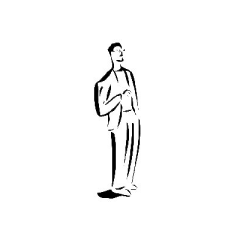
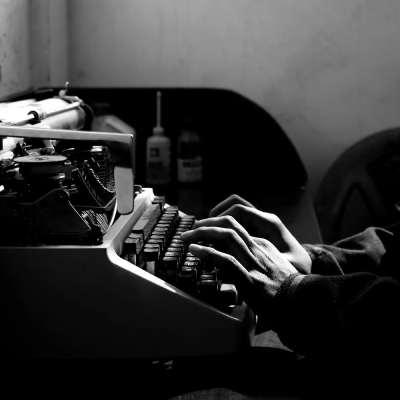
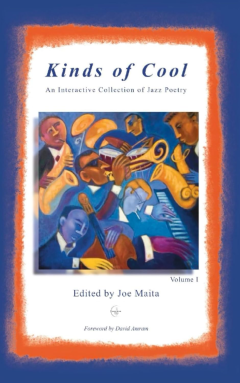
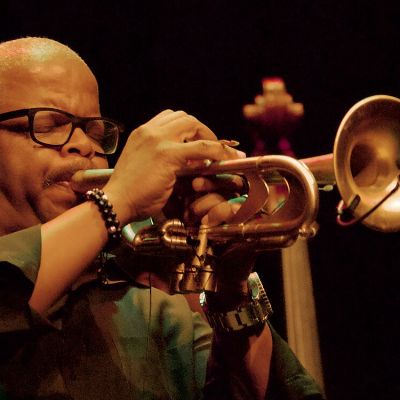
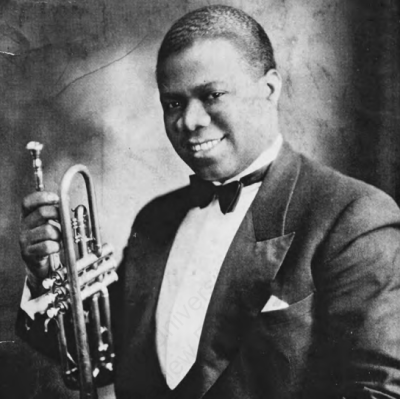
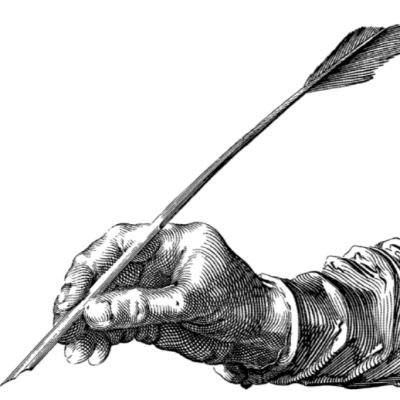
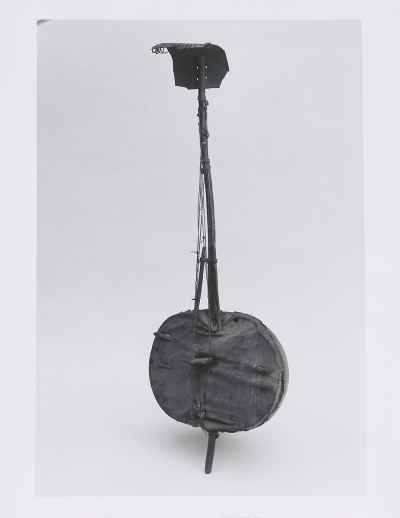
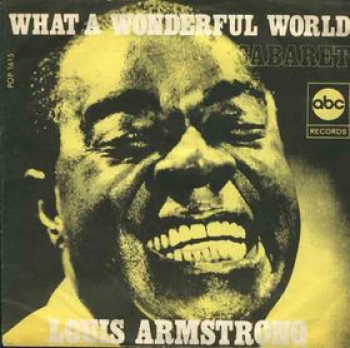

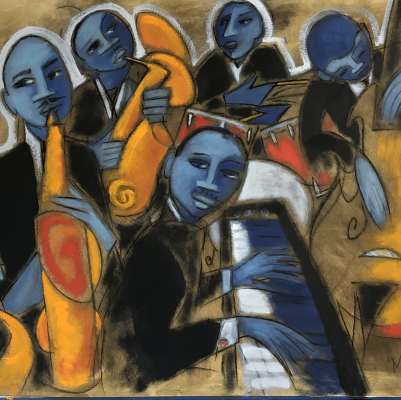
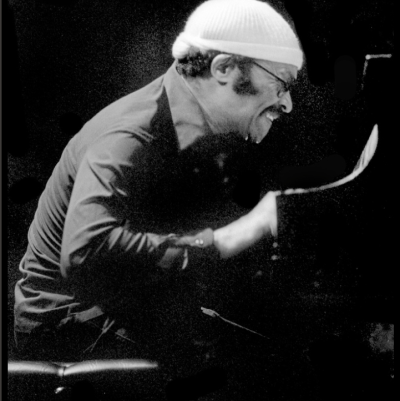



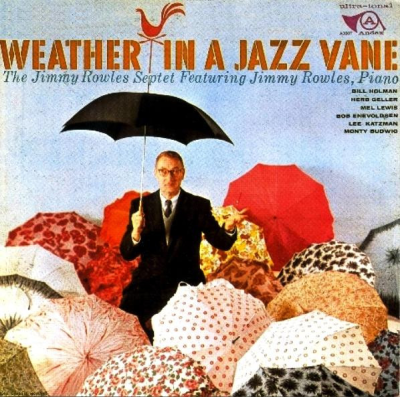

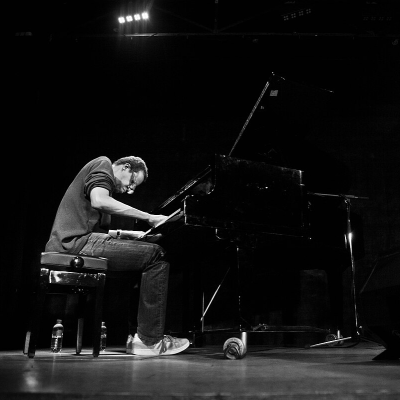

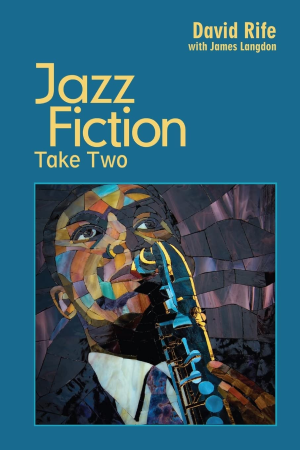


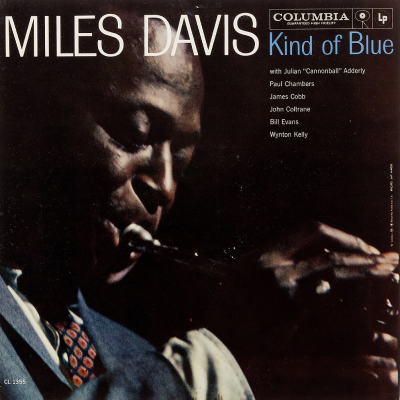
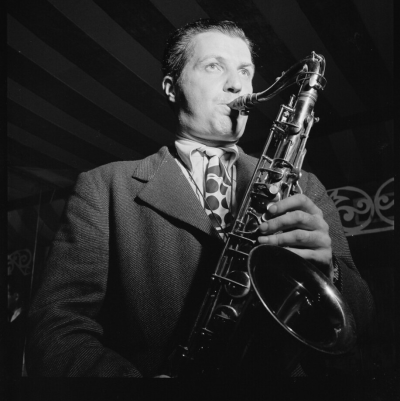

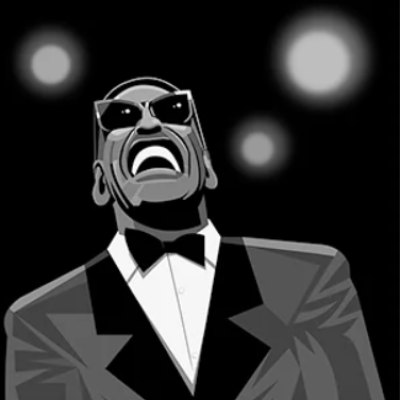


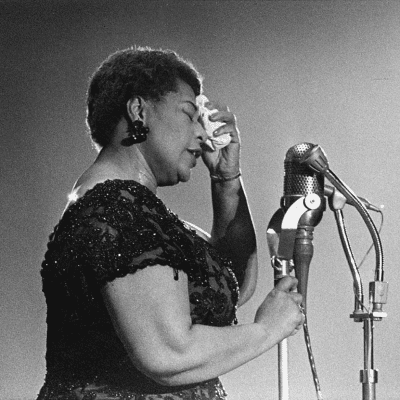



Arya has a wonderful way of painting images with words. Love the story.
Arya has a wonderful way of painting images with words. Love the story.
That was lovely. One of your very best stories!